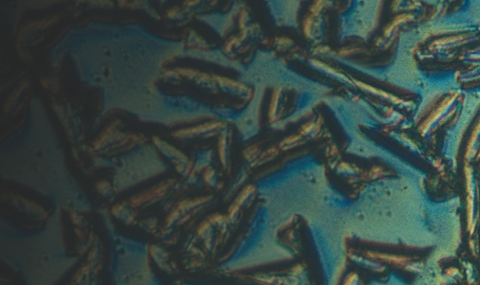How do microbes such as bacteria maintain their shapes? We are applying ideas from statistical mechanics and materials science to this interdisciplinary problem, in collaboration with our experimental colleagues. Previously we have shown, experimentally and theoretically, that mechanical stresses can strongly affect cell wall growth in bacteria. We are currently working on elucidating how such mechanical cues may aid bacteria in restoring their native forms when their shape is perturbed, and how the binding of proteins to membranes may act as curvature sensors. We are also developing models for processes such as bacterial lysis where the interplay of turgor pressure, cell wall and membrane physics lead to intriguing dynamics at the single-cell levels.
Relevant references:
[1] Getting into shape: how do rod-like bacteria control their geometry?, Ariel Amir and Sven van
Teeffelen, invited article for special issue of Systems and Synthetic Biology on cell division, 8, 3
227(2014).
[2] Dislocation-mediated growth of bacterial cell walls, Ariel Amir and David R. Nelson, PNAS 109, 9833 (2012), highlighted in the "Journal Club for Condensed Matter Physics" (October, 2013).
[3] Bending forces plastically deform growing bacterial cell walls, Ariel Amir, Farinaz Babaeipour,
Dustin B. Mc Intosh, David R. Nelson and Suckjoon Jun, Proceedings of the National Academy of Sciences 111, 16, 5778 (2014), highlighted in Nature Physics 10 (2014).
[4] Mechanical strain sensing implicated in cell shape recovery in Escherichia coli, Felix Wong, Lars Renner, Gizem Ozbaykal, Jayson Paulose, Douglas Weibel, Sven van Teeelen and Ariel Amir, Nature Microbiology, 2, 17115 (2017) [cover article].
[5] Mechanics and dynamics of bacterial cell lysis, Felix Wong and Ariel Amir, Biophysical Journal
116, 12, 2378 (2019) [cover article].
[6] MreB filaments align along greatest principal membrane curvature to orient cell wall synthesis, Saman Hussain et al., eLife 7, e32471 (2018).
[7] Mechanics and dynamics of translocating MreB filaments on curved membranes, Felix Wong, Ethan C. Garner and Ariel Amir, eLife 8, e40472 (2019).
[8] Understanding beta-lactam-induced lysis at the single-cell level, Wong, F., Wilson, S., Helbig, R., Hegde, S., Aftenieva, O., Zheng, H., Liu, C., Pilizota, T., Garner, E.C., Amir, A. and Renner, L.D., Frontiers in microbiology, 12, p.712007 (2021).


